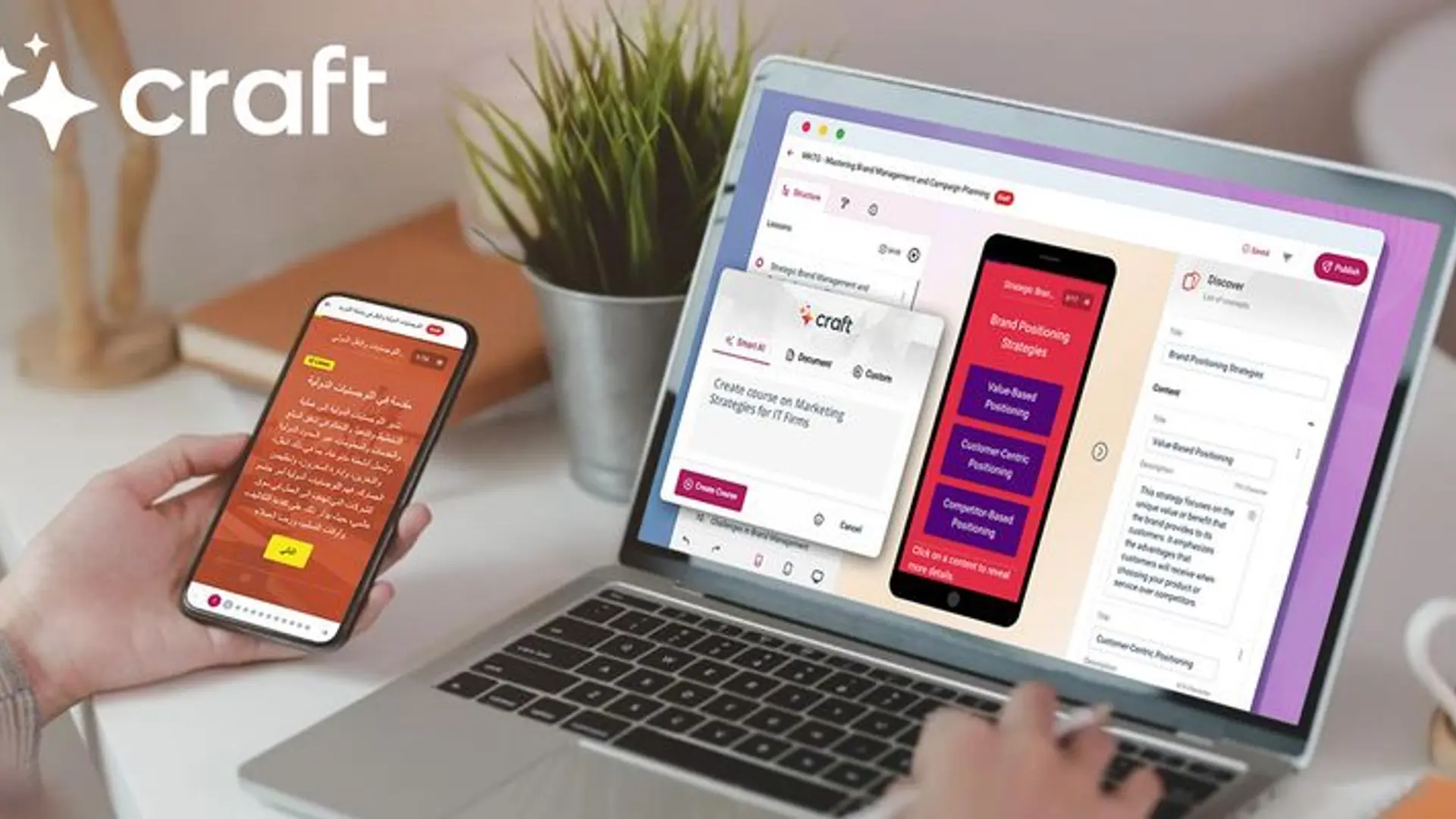What personal disruption means to you - author and theorist Whitney Johnson explains
Whitney Johnson is an innovation and disruption theorist, keynote speaker, bestselling author, executive and performance coach. She was recently named one of the most influential management thinkers by Thinkers50. She is the author of Build an A-Team by Harvard Business Review Press as well as the critically acclaimed Disrupt Yourself.
In this interview with HBR Ascend, Whitney talks about what personal disruption means, why it’s important, how to find out if personal disruption is for you (and at what point) and how you can apply it to your life.
These are the edited excerpts of the interview.
HBR Ascend: What does ‘personal disruption’ mean?
Whitney Johnson: The concept of ‘disruptive innovation’ was first linked to products. To me, at its simplest, it’s a silly little thing that takes over the world. It’s how the telephone took over the telegraph, light bulb took over the gas lamp, and more recently how Toyota disrupted GM, Netflix disrupted Blockbuster, and so on.
But, one of the big aha-moments I had was that this framework was not only applicable to products but also to people.
So, personal disruption is how you take all these ideas and make them meaningful to you. It’s like that children’s game, snakes and ladders. You can start at the bottom of the ladder, climb to the top and then you jump to the bottom of another ladder. And you can be a disruptor at the bottom, or disrupt yourself at the top. Personal disruption at its essence, is change supplemented by a cycle of learning—Learn, Leap, Repeat.
For example, look at Lady Gaga – we all love her! In 2008, she was at the bottom of the ladder, and from there she rises to the top of the charts. What does she do for an encore? She doesn’t just keep where she was at that point, she jumps the bottom of a new ladder—she collaborates with Tony Bennett on a Jazz album, she does a Sound of Music tribute at the Oscars, and then she produces a Country album! That’s personal disruption.

Is disruption always necessary to move forward? Let’s assume things are going fine for me…then what?
Whitney Johnson: No, it’s not. If not presently, at some point you will feel the need to disrupt yourself. In the context of a career you can extend a sweet spot for a long time. But there’s still a little bit of disruption taking place.
For example, if you start a job and you’re moving up, becoming more competent and confident, your boss could give you a stretch assignment (defined as one with a real risk of failure). You get stretch assignments one after the other and those are little ‘mini-curves’ in the curve of disruption, but you’re in the same role. You can extend that for a long time. So you could be ‘feeling fine’ but you need to have stretch assignments that help you learn continuously. But without this, you’re really just in the same spot.
How long can I be in the sweet spot?
Whitney Johnson: Let’s take an example: Say, Riddhi just joined the HBR Ascend team as an assistant editor. She would be at the low end for six months to a year. There are going to be days when she would not know what she’s doing, days when her manager is going to be impatient; but that is totally normal on the learning curve. It’s what’s supposed to happen.
Exponential growth is happening at the start, but it’s just not enough. She then moves into the sweet spot through hard work where she has a good understanding of what she’s doing and she can do it well for about 2 years. So I’d say Year 1 to Year 3 in that role is when one is competent, confident, and engaged. Then you’re going to reach the high-end of that curve, maybe within 4 years.
You can be at the high end for 6 months to maybe a year, but then you have got to do something new else you will start to get bored. When I say bored, I mean you won’t get any dopamine hits. Neuroscience suggests that when you’re learning, your dopamine levels rise; it’s like a drug. And when you’re not learning, you’re not getting any dopamine. People can sense when you’re not fully in it. And when you start pulling back, confidence erodes since you doubt yourself, because you feel you’re not the high performer you once were.
Thus, if you’re bored, what looks like this fantastic mountaintop, actually becomes a cliff, it’s time to disrupt.
And how do I figure out it’s time to disrupt myself?
Whitney Johnson: The first question to ask yourself would be how long have you been in this role? Second, are you finding that you’re excited coming to work today? Are you feeling bored or feeling that you haven’t learnt something recently? Is everybody coming to you to ask for help to do a particular task because you’ve probably mastered it? You can also take this disruption diagnostic test to find out.
In a recent report, I learnt that Millennials can have as many as 11 jobs in their career. Do job changes count as disruption and what is, if any, the downside of changing too many jobs?
Whitney Johnson: There are going to be a lot of things we try in our life, but may not really be the right curve —we do it for 3 – 6 months or maybe even a year and realize that’s not the one true love. So, we jump to a new curve. So when you pursue this kind of a disruptive course (changing jobs), the odds of your success are 6 times higher (6 percent to 36 percent), though still not 100 percent.
But, yes, you can jump too much. Let’s take an example of coders in New Delhi or Bangalore: the market is hot so you start at the bottom of the curve. You move up just a little bit and someone else offers to hire you at twice the salary. So you jump at the opportunity! What’s the risk? Arrested development. Because you’re not going through the development process of really learning something. If you’re jumping jobs too quickly and you’re not completing the cycle of learning, over time, that’s going to hurt you because you’re not giving yourself a chance to learn. You’re just chasing the next curve. There can be too much disruption. Give yourself 2-3 years, else it will be like just going through springs and summers without the winter or the fall.
This article was first published on www.hbrascend.org. HBR Ascend is a digital learning companion for graduating students and millennials.







